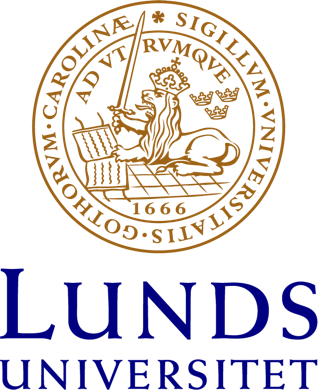People
Principal Investigator: Alex Evilevitch, PhDProfessor of Cell Biology Email: Alex [dot] Evilevitch [at] med [dot] lu [dot] se Lab photos PUB night with the group, August 2023 Postdocs José Ramón Villanueva Valencia, PhDEmail: jose_ramon [dot] villanueva-valencia [at] med [dot] lu [dot] se (jose_ramon[dot]villanueva-valencia[at]med[dot]lu[dot]se) Santosh Gawali, PhD Email: santosh [dot]
https://www.virus-biophysics.lu.se/people - 2025-07-27
